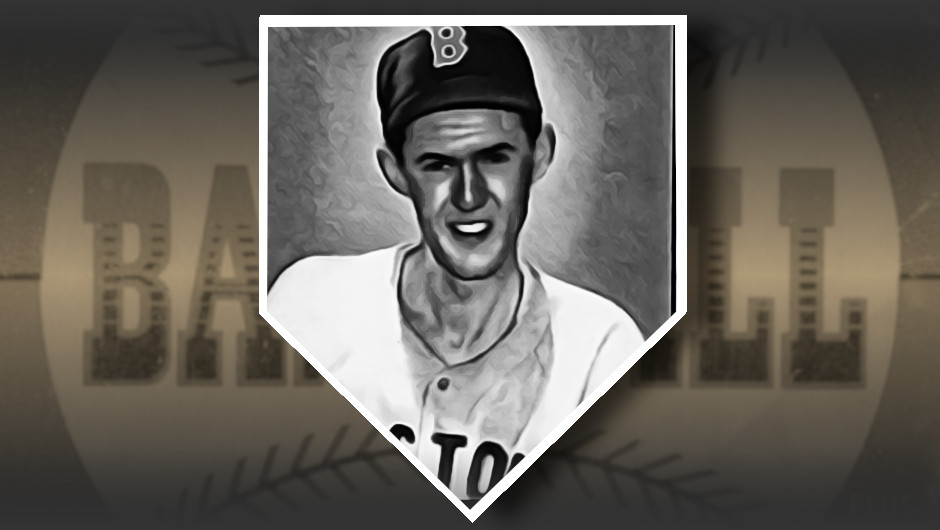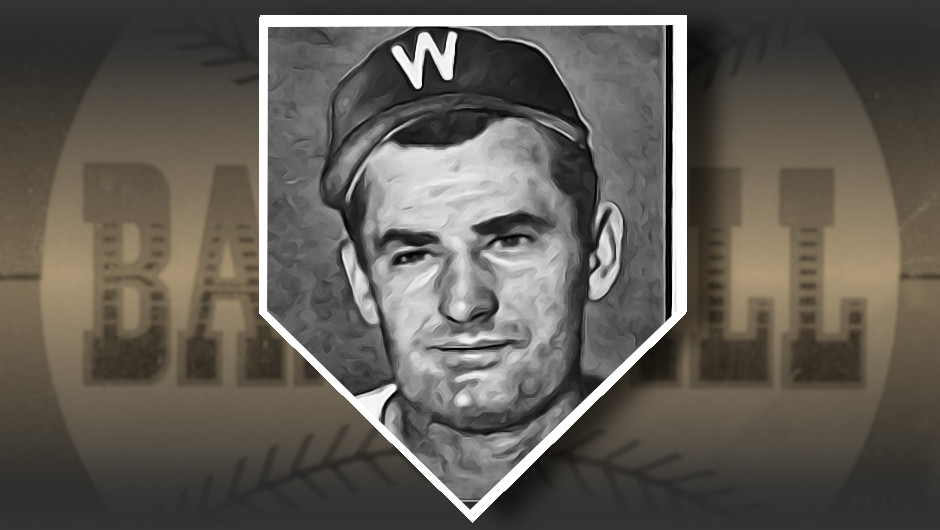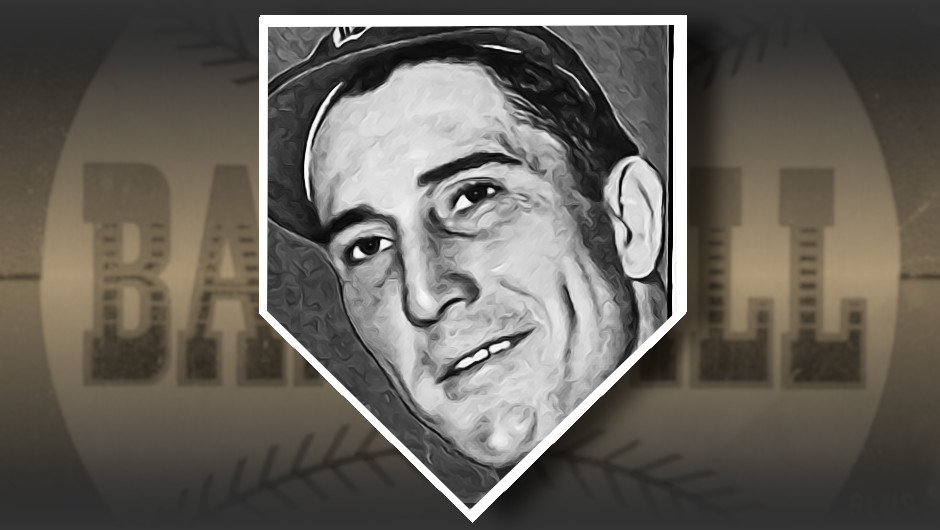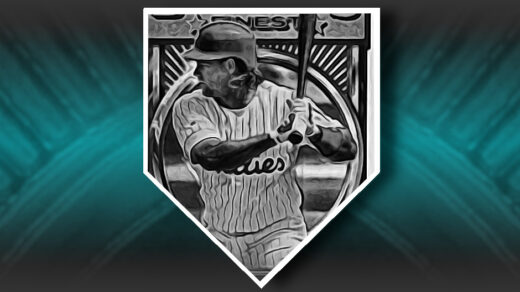There were 63 different baseball card products released under the Topps name in 2020, a figure that excludes all inserts as well as offerings from subsidiary brands like Bowman, Finest, and Stadium Club. This translated into a new releases arriving every few days in a year marked by a recurring inability to locate cards of any kind on store shelves.
Pharmacies proved to be a popular shopping destination for Covid-weary shopping, and it was only within Seattle’s Bartell Drugs that collectors could find one of the more interesting cardboard offerings. Sold as a full 25-card set with an additional randomly autographed card, the set was printed by Topps and based on its 1984 baseball card design. Team logos are not present, though each card features a prominent Seattle Children’s Hospital logo. The cards spotlight Seattle area celebrities and athletes and highlight their connections to SCH. Proceeds from the set’s 11,000 card print run went directly to the hospital.
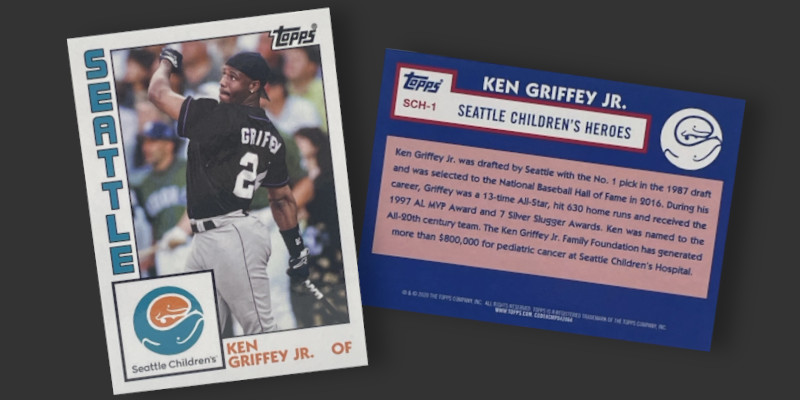
Although he was given some competition by the likes of rappers Sir Mix-A-Lot and Macklemore, Ken Griffey, Jr. was the most popular name in the Seattle Children’s Heroes checklist. Indeed, it is difficult to imagine an athlete more synonymous with Seattle than Griffey. Difficult, but not impossible. The Seattle Post Intelligencer placed “The Kid” as the runner up in a 1999 ranking of the region’s all time best athletes. Who could have surpassed ’90s-era Griffey?
The answer was a baseball player known throughout the Pacific Northwest simply and capably as “Hutch.” Fred Hutchinson was a baseball standout from his earliest days, leading his grade school team to consecutive championships. This continued in high school, where he posted a 60-2 record on the mound alongside more first place finishes. Before long he was destroying opposing lineups as a professional with the Seattle Rainiers of the Pacific Coast League, registering a 25-7 record with a 2.48 ERA and hitting well over .300.
These performances attracted attention, sparking a bidding war between four MLB teams and an exchange of four members of the Detroit Tigers roster and $50,000 cash for the can’t miss prospect. If this seems excessive, keep in mind that this came on the heels of Cleveland’s signing of a teenage Bob Feller and the ensuing craze that led to Feller’s high school graduation being nationally broadcast on the radio.
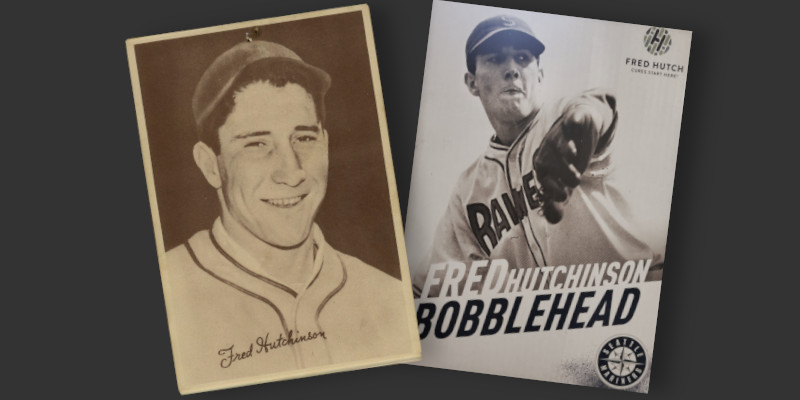
Success did not come immediately, with control issues resulting in his 1939 and 1940 seasons split between Detroit and affiliated minor league assignments. Still, a .382 batting average in his rookie season and a role in the 1940 World Series showed the dual-threat promise of the up and coming hurler. Much of Hutchinson’s development would take place outside of the reach of big league lights. He quickly joined the Navy (and Bob Feller) in 1941 and would not return to the Tigers until 1946.
The control issues that plagued his early years disappeared upon his return. He racked up double digit wins while striking out more than two batters for every base on balls. By 1949 he had become the American League leader in WHIP and a solid component of one the greatest starting rotations of all time alongside the likes of Hal Newhouser, Virgil Trucks, and Dizzy Trout. A durable frontline starter, Hutchinson recorded complete games for the majority of his postwar starts.
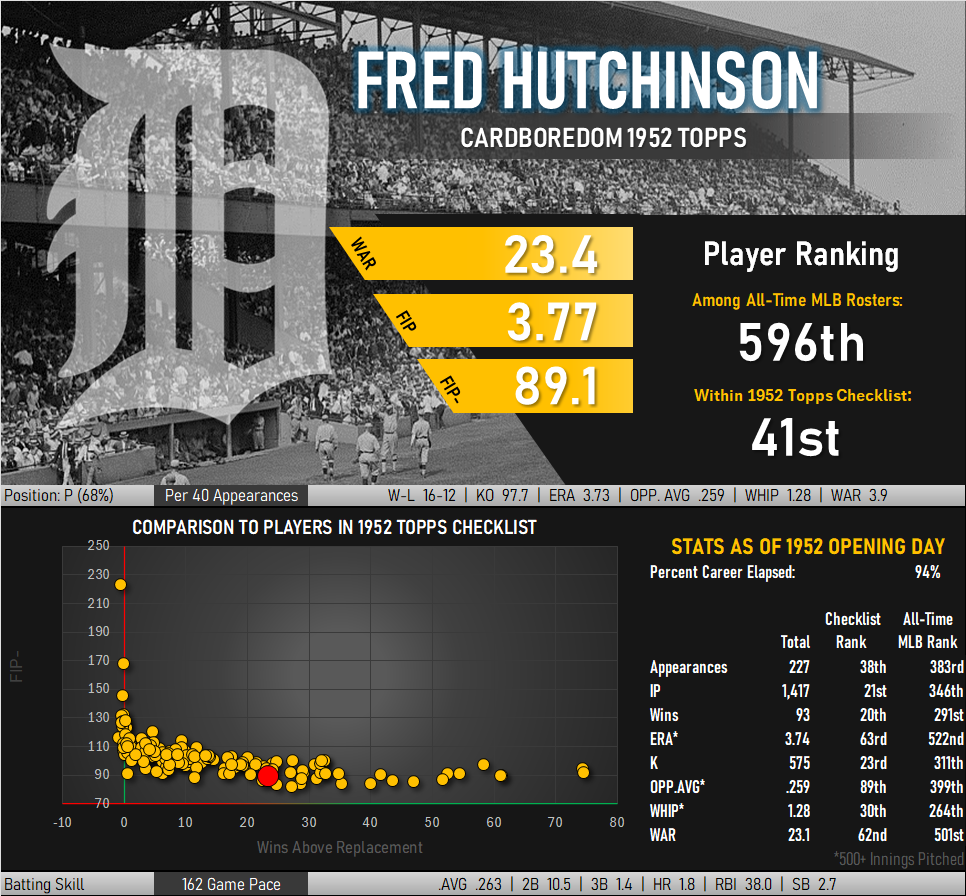
One of the more interesting parts of Hutchinson’s career is the fact that nearly one third of his appearances came in the role of pinch hitter. A career .263 batter, he is one of the few pitchers who consistently produced a higher batting average than his opponents. He posted wRC+ ratings above 100 in 1939, 1947, and 1950, indicating he was an above average for hitters of any position in those years. Fangraphs assigns another 5 career wins above replacement to his batting skills, making the pitching-only WAR total in the above infographic understate his effectiveness on the diamond.
Interestingly enough, those career numbers represent a relatively short number of seasons. The Tigers faced a dramatic collapse in the standings in 1952, prompting ownership to promote their 32 year-old pitcher into the role of manager. Although considered a player-manager during the early years of this arrangement, Hutchinson last took up a ball in a professional game in 1953. He retired from daily play at age 33 after having truly begun his Tigers career in earnest at age 26. Hutchinson quickly attracted responsibility and respect, as evidenced by the managerial assignment and the fact that he was named an American League player representative just one year after returning to baseball.
Hutchinson would go on to manage several teams after raising the Detroit’s annual win total by 41 games and leaving the forefront of the Tigers dugout in 1954. He returned to Seattle in 1955 to manage the Rainers, leading the team to a championship despite not having a single ace pitcher or .300 hitter in the lineup. This performance led to three years as manager of the St. Louis Cardinals and six more (and a pennant) heading the Cincinnati Reds.
He would have certainly extended this run had it not been for the 1963 offseason discovery of runaway lung cancer. Hutchinson is reputed to have daily smoked a minimum of three packs of cigarettes and announced his diagnosis in a press conference just days before the surgeon general released his pivotal report linking smoking and the disease. Hutch managed 110 Reds games in 1964 but died shortly after the conclusion of the season.
Attending to Hutch had been an older brother, Bill, himself a baseball player who passed over big league tryouts to pursue a medical education. Bill was a surgeon with a specialty was in oncology. He founded the Pacific Northwest Research Institute in 1956 and expanded its mission in 1972 with the creation of a dedicated cancer research institute. The name? The Fred Hutchinson Cancer Research Center. Like its namesake, those living in the Seattle area know it simply as “The Hutch.”

Bowman talked up Hutchinson’s work as a player rep in the biographical text of its 1952 portrayal of the Tigers pitcher. Topps omits this bit of information, focusing instead on his PCL exploits and his rise to becoming a mainstay of the Detroit pitching rotation. His is identified as a pitcher with the card being issued a few months prior to the addition of managerial duties.
Fun Facts: Hutchinson’s Major League debut came in the first game Lou Gehrig sat out. In what absolutely should have been a scene depicted on a baseball card, he was photographed grappling with a bear that briefly fled captivity during Spring Training.
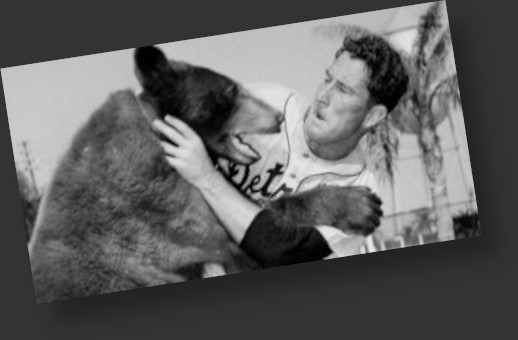

Recommended Reading: The Emperor of All Maladies: A Biography of Cancer by Siddhartha Mukherjee.

